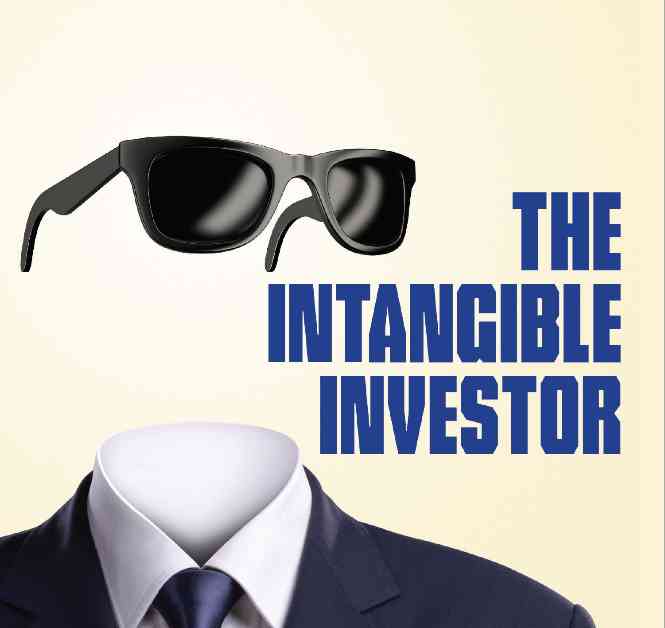Transparent Open Source AI: Increasing Accountability and Trust
As the landscape of artificial intelligence (AI) continues to evolve, the debate over the openness of AI code is gaining prominence. Similar to the early days of the Internet, the AI space is beginning to divide between well-capitalized entities and smaller players. The question of whether AI code should be open or proprietary, protected under various forms of intellectual property rights, is at the forefront of discussions.
One of the key points of contention among leading generative AI large language models (LLMs) is the accessibility of training models and code. Should these resources be open for everyone to use, or should they be kept closed to protect against misuse and promote reliable development? Companies like OpenAI, the parent company of ChatGPT, advocate for closed code, citing safety concerns and the need to prevent malicious actors. On the other hand, companies like Meta argue for open models, believing that transparency leads to better outcomes for the AI community as a whole.
The Allen Institute for AI (AI2), a nonprofit organization funded in part by Microsoft founder Paul Allen’s fortune, takes a strong stance in favor of open-source AI. AI2 believes that sharing code and resources leads to innovation and collaboration, ultimately benefiting the entire AI ecosystem. However, questions remain about the funding sources of AI2, particularly its $103 million revenue in 2022, which is mostly from contributions. It is speculated that some of this funding may come from Paul Allen’s significant holdings in Microsoft, but the exact details are unclear.
Transparency is crucial in the AI industry, especially when it comes to ownership and funding. The relationship between AI development and financial interests, such as ownership of Microsoft shares, raises questions about potential conflicts of interest and the impact on the direction of AI research and innovation. It is essential for organizations like AI2 to be transparent about their funding sources and how they influence their decision-making processes.
In May 2023, AI2 announced the development of OLMo, an open language model aimed at matching the performance of other state-of-the-art models. This initiative represents a significant step towards promoting open-source AI and collaboration within the AI community. By open-sourcing the code, model weights, and training dataset, AI2 is setting a new standard for transparency and accessibility in AI research.
The Allen Institute, separate from AI2, focuses on basic science research in areas such as brain studies, cell research, and immune system analysis. Founded by Paul Allen in 2003, the Allen Institute practices open science, making all its data and resources available to researchers worldwide. This commitment to openness and collaboration has positioned the Allen Institute as a leader in the field of bioscience research and innovation.
The debate between proprietary and open-source AI models raises important questions about security, ethics, and innovation. While closed code may offer protection against misuse and unauthorized access, open models promote collaboration, transparency, and inclusivity. The challenge lies in finding a balance between security and openness to ensure that AI development benefits society as a whole.
In conclusion, the push towards transparent open-source AI is gaining momentum as organizations like AI2 and the Allen Institute lead the way in promoting collaboration and innovation. By embracing open models and sharing resources with the AI community, these organizations are setting a new standard for accountability and trust in AI development. As the AI landscape continues to evolve, transparency and openness will be key principles in shaping the future of artificial intelligence.















